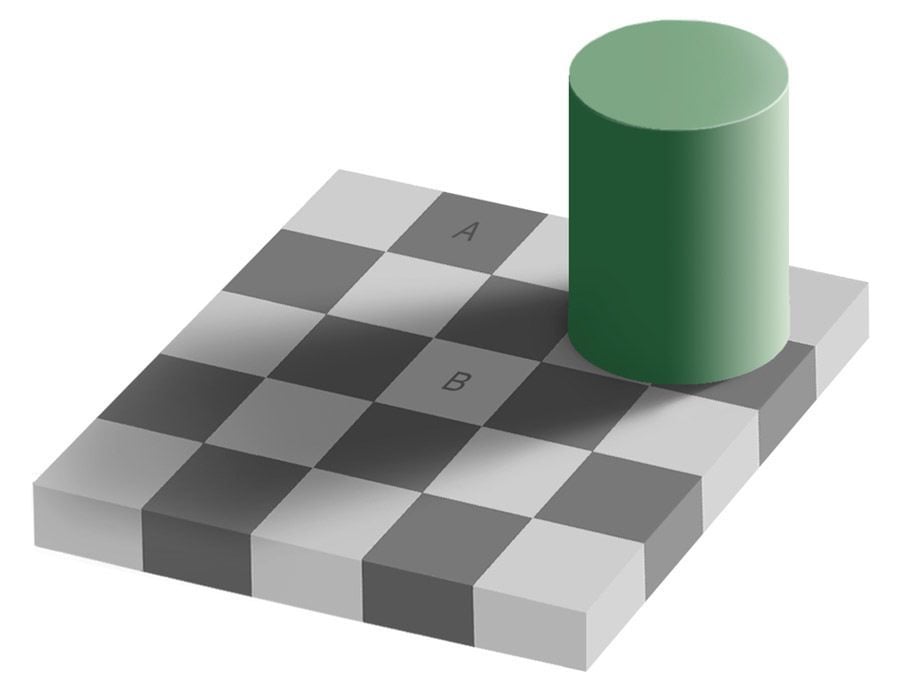All of these things aren’t actually images either; they’re just collections of pixels that trick the audience into thinking they’re images. Why does that not bother you, but the frames of a movie do?
They are images, not pixels, since every frame is a still image.
I don’t suppose you believe time is a cube, do you?
Is time a cube?
Depends on who you ask.
No, every frame is a collection of pixels that just looks like an image.
Right. There are no images in the OP’s sense of whole and complete.
Art is built up of a series of individual brushstrokes that the eye merges into an image. Film is built up of a series of silver ions that are so close together the eye merges them into a coherent image. Video is built up of pixels that are turned on and off to create the same effect. (Color is created by using layers sensitive to only color, which are mixed to create millions of seemingly different hues, another illusion.)
The result is that the brain takes the individual pieces placed close together and mixes them together to create an image that is an illusion of a continuous whole. The process by which this is done is not scientifically or philosophically different from the one that takes a series of still images close enough in time to create an illusion of motion.
All images perceived by the eye, what we call vision, are processed by the brain in several ways. The slightly different viewpoints of the two eyes are joined to create one image that is an illusion of three dimensions. The blind spot where the optic nerve enters the eye is erased by the brain to complete the illusion that reality is not interrupted there. Scientists keep finding more and more such tricks in the brain. The OP can do their research on the internet to learn about them.
We use language - another trick of the brain - to label these varied tricks. Language always contains weak spots: it’s not handed down from high. But on these matters it does well and makes the distinctions clear and the similarities apparent.
Of all the optical illusions in all the world, this is the one that shows how much pre-processing the brain does best (IMHO):

Before sequentially projected images, there were Magic Lantern shows - projected slides, some of which had elements that you could move mechanically, so for instance clouds might be seen to drift across the scene. There you go - real motion, not illusory. It was kind of limited in what it could do, but without a doubt a thing that Amber 13 would accept as a moving picture - I think.
Yes there is. Vector based animation is created by scripting the transformation of shapes, not discrete frames.
It may be that the device on which you are watching it happens to have a frame rate, but that’s not what is creating the motion.
Movies are moving images. Video is not. Movies are images recorded on film that is played by moving the film through a projector. Those are moving images.
Except for the ones that aren’t.
Irrelevant. The name is appropriate for those that are. Phones and TVs don’t have dials anymore either.